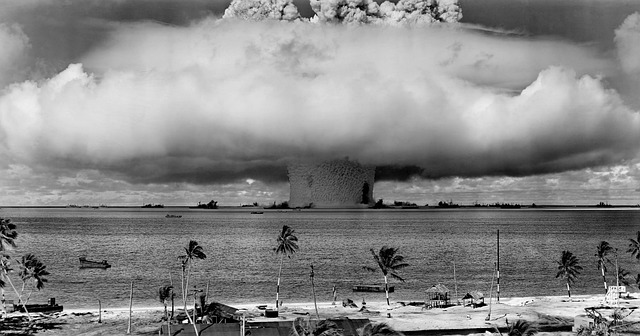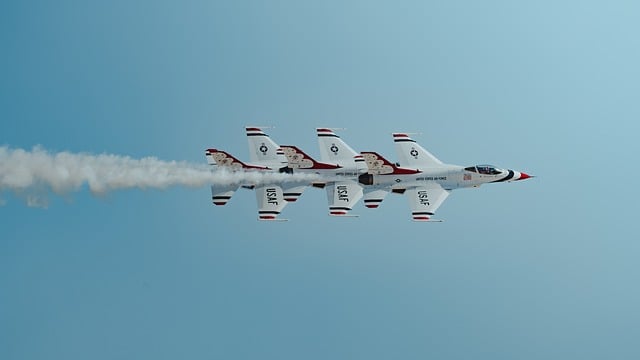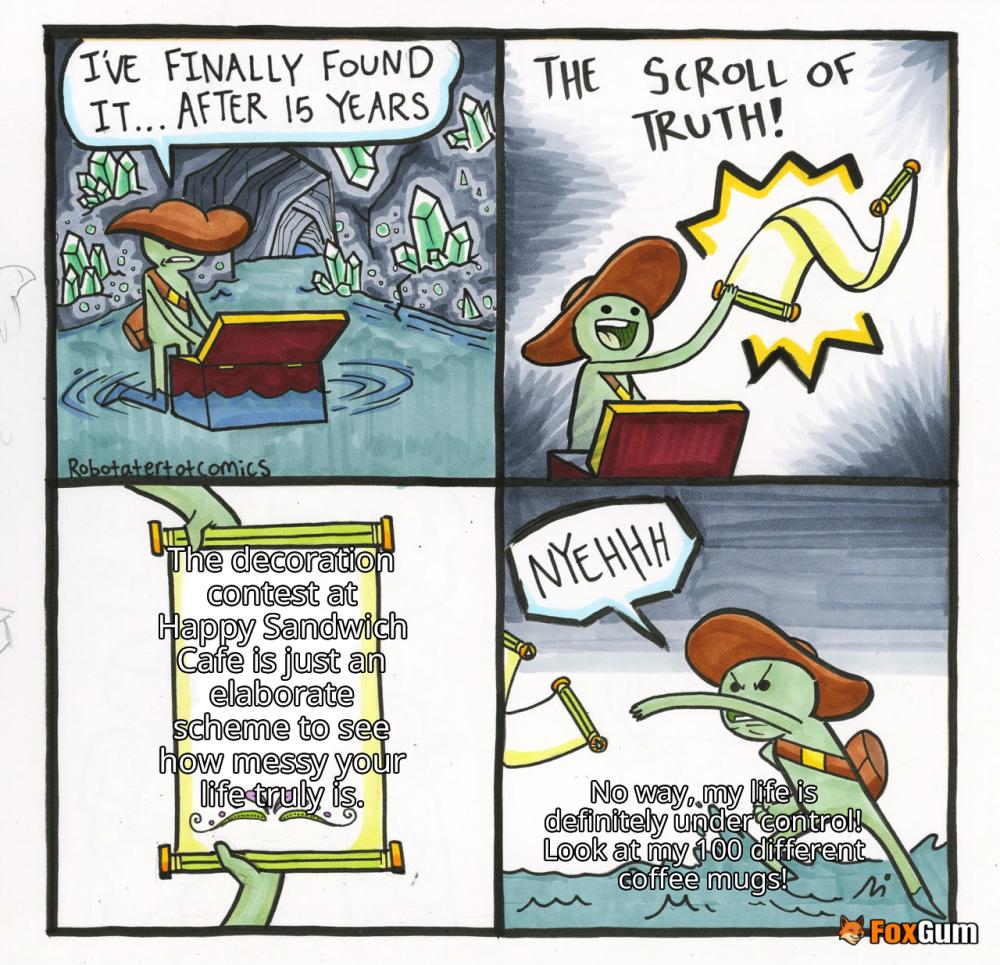
Modified Racing
Introduction to Modified Racing
Modified racing is a unique and exciting aspect of motorsport that has evolved significantly since its inception. It primarily involves modified stock cars that have undergone various alterations to enhance performance and safety. This article will explore the history, characteristics, and current state of modified racing, particularly within the context of NASCAR and regional racing series.
History of Modified Racing
The roots of modified racing can be traced back to the early days of NASCAR, which began organizing modified races in 1948. The first official NASCAR race took place in Daytona Beach, Florida, on a beach road course. Early modified stock cars typically featured a stock automobile chassis with significant modifications, including the removal of glass, the installation of roll cages, and enhancements to the engine for increased power.
Characteristics of Modified Cars
Modified cars are distinct from standard stock cars due to their extensive modifications. These vehicles are designed to be lightweight and fast, often featuring:
- Roll Cages: Essential for driver safety, roll cages provide structural integrity in the event of a crash.
- Engine Modifications: Engines are often upgraded to improve horsepower and torque, allowing for better performance on the track.
- Weight Reduction: The removal of unnecessary components, such as glass and interior features, helps to reduce the overall weight of the vehicle.
- Suspension Upgrades: Enhanced suspension systems improve handling and stability during high-speed racing.
Notable Modified Racing Series
Several racing series focus on modified racing, with the NASCAR Whelen Modified Series being the most prominent. This series is notable for being the only remaining NASCAR series from the original season in 1948. It features races on various tracks, showcasing the skills of talented drivers and the performance of modified cars.
Another significant series is the Midwest Modifieds Tour, which started in 1989 as the E-Mod Series. This series has undergone several name changes and races at local short tracks in states such as Indiana, Michigan, and Ohio. In 2013, it expanded to include road course racing, marking a new chapter in its history.
Current Trends and Future of Modified Racing
Modified racing continues to attract enthusiasts and participants, with a growing interest in regional series and events. The combination of speed, skill, and strategy makes it appealing to both drivers and fans. As technology advances, modifications to cars are becoming more sophisticated, leading to increased competition and excitement on the track.
Moreover, the community surrounding modified racing is vibrant, with fans often gathering at local tracks to support their favorite drivers. This grassroots aspect of the sport helps maintain its popularity and ensures that it remains accessible to new participants.
Conclusion
Modified racing is a dynamic segment of motorsport that has a rich history and a promising future. With its roots in the early days of NASCAR and a strong presence in regional racing, modified racing continues to evolve while maintaining its core appeal. As technology and techniques advance, the excitement surrounding modified racing is likely to grow, ensuring its place in the motorsport landscape.

















 The Decoration Contest at Happy Sandwich Cafe!
The Decoration Contest at Happy Sandwich Cafe! 
 Health
Health  Fitness
Fitness  Lifestyle
Lifestyle  Tech
Tech  Travel
Travel  Food
Food  Education
Education  Parenting
Parenting  Career & Work
Career & Work  Hobbies
Hobbies  Wellness
Wellness  Beauty
Beauty  Cars
Cars  Art
Art  Science
Science  Culture
Culture  Books
Books  Music
Music  Movies
Movies  Gaming
Gaming  Sports
Sports  Nature
Nature  Home & Garden
Home & Garden  Business & Finance
Business & Finance  Relationships
Relationships  Pets
Pets  Shopping
Shopping  Mindset & Inspiration
Mindset & Inspiration  Environment
Environment  Gadgets
Gadgets  Politics
Politics 